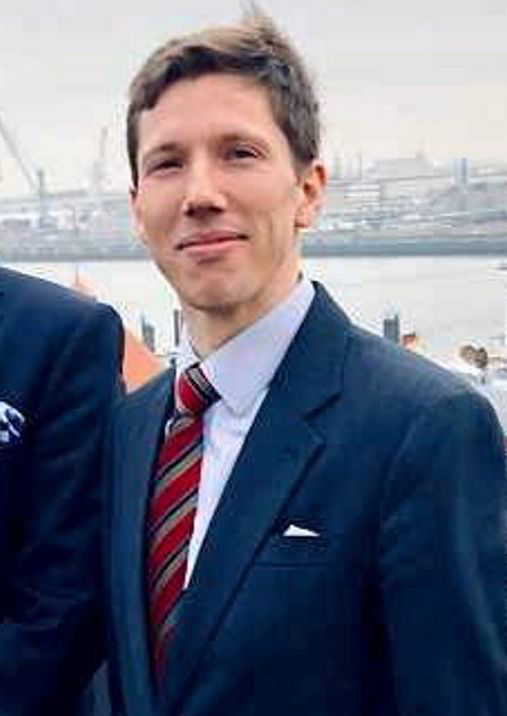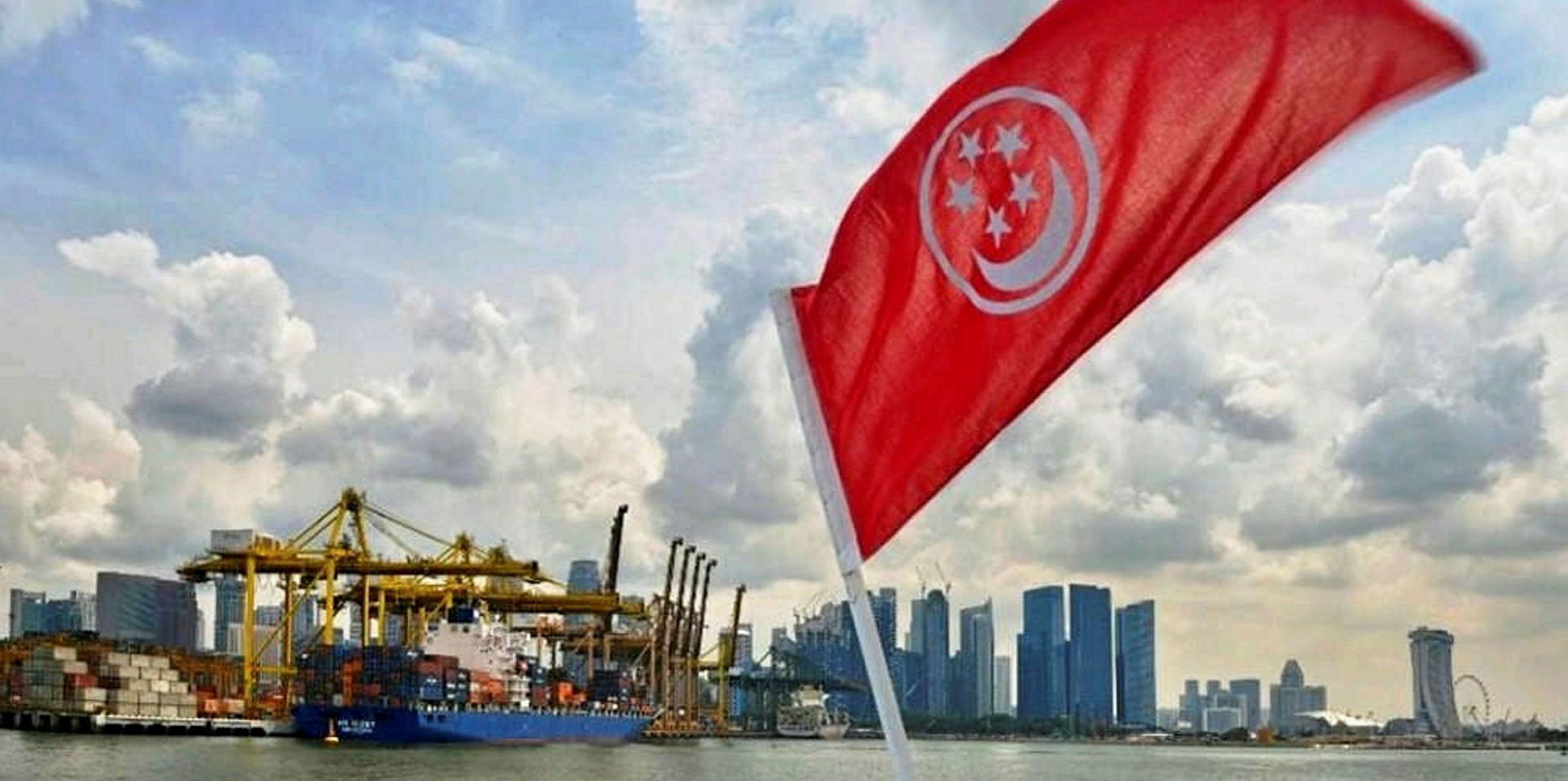Singapore is almost 9,000 miles (14,484 km) away from Silicon Valley but the nation of just 5.7m people has set its heart on becoming the shipping industry’s maritime equivalent.
Senior minister of state for transport Chee Hong Tat recently stated that Singapore’s goal is to be the “top maritime start-up hub in the world”.
Haymon Sinapius, investment manager at Bernhard Schulte Innoport, said that while globally the maritime start-up scene is still fairly young, Singapore has “already got a very active ecosystem”.
“The country has done a good job in not only attracting entrepreneurs to set up shop in Singapore, but also to foster collaboration between start-ups and investors through various events, initiatives and funding opportunities,” he told TradeWinds.
Sinapius said examples include PIER71 — a joint initiative between the National University of Singapore and the Maritime and Port Authority of Singapore (MPA) — where early stage start-ups get accelerated and are granted access to industry players and investors.
“It is a great interface between the hip tech-world and the conservative maritime corporates,” he said.

“On the investment side, Enterprise Singapore’s investment arm, SEEDS Capital, promotes investments into start-ups by co-investing with various appointed partners, including Innoport, while for later-stage rounds, there are funding opportunities through Enterprise Singapore or SG Innovate.”
For the adoption of technology, Sinapius said Singapore offers companies grant opportunities, including the MPA’s Maritime Innovation and Technology fund and the Infocomm Media Development Authority's Industry Digital Plan grants.
“Further, Singapore is quick to adapt and the MPA is open to facilitate testing of new technologies, for example, F-drones’ shore-to-ship drone deliveries,” he said.
Potential for further improvement
While Singapore can be considered top in terms of activity in the maritime start-up ecosystems, there is the potential for further improvement.
“Human resources is another crucial part of the ecosystem, especially regarding technology transformation,” said Sinapius.
“The maritime industry has some unique characteristics, and hence needs people who are experienced in the sector,” he said.
“In addition, it is important for universities and educational institutions to put a stronger focus on entrepreneurship and deep tech, to increase the number of talent as well as local start-ups.”

However, Sinapius said Singapore also has got measures in place to attract entrepreneurs, such as the EntrePass, which kicked in from January.
Launched by Singapore’s Economic Development Board, the programme is designed to attract top talent to contribute to the development of Singapore’s tech ecosystem.
Another area where the maritime sector could improve is in cross-industry collaboration, according to Shaun Hon, general partner at Motion Ventures.
Motion Ventures, the Singapore-based investment vehicle of European venture builder Rainmaking, recently closed a SGD 30m ($23m) fund aimed at disrupting shipping and port industries in a tie-up with Wilh Wilhelmsen Holding and Hamburger Hafen und Logistik.
“For instance, insurtech start-ups talk to fintech start-ups; last-mile delivery platforms interfaces with fintech. This network effect results in innovation that scales with more resilience and speed,” Hon told TradeWinds.
“Typically, maritime innovation has been more siloed. B2B development cycles are slower with a longer feedback cycle.”
Hon said that for the maritime sector to support start-up solutions from ideation through to application, it also needs to “set the right elements in place for more mature start-ups”.
“On the funding front, this means we need more later-stage investors or corporates who are open for mergers and acquisitions,” he said.
Hon said this is important as it signals to entrepreneurs and early-stage investors that there are ample exit opportunities and industry appetite.
“Investment interest can also help to attract fresh technology talent by signalling to entrepreneurs from other sectors that the maritime value chain is worth building applications for,” he said.
Hon said the sector also needs to consider how to accelerate the technology adoption process.
Industry adopters
“At the moment, it’s still the norm for maritime start-ups to go through two to three accelerators in order to get in front of the right industry players,” he told TradeWinds.
“This isn’t feasible in the long run as start-ups spend more equity going through each programme without getting much needed corporate traction.”
Hon said this is why more collaboration is needed across the maritime value chain and that is what Motion Ventures aims to address.
“If we can bring a consortium of industry adopters together to connect with entrepreneurs early in the process, we’re setting everyone up with the best chance to succeed."








